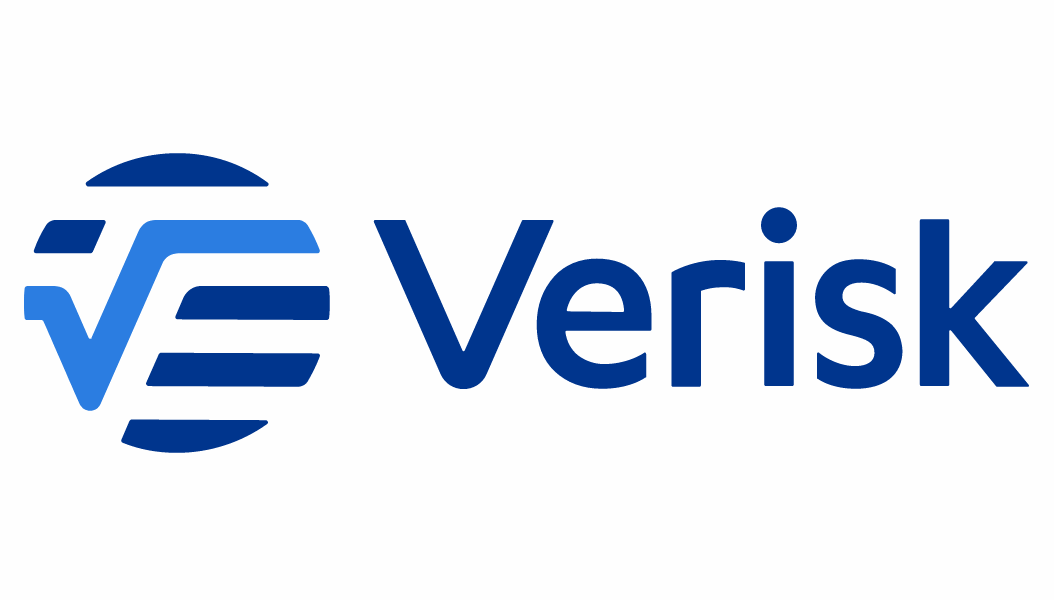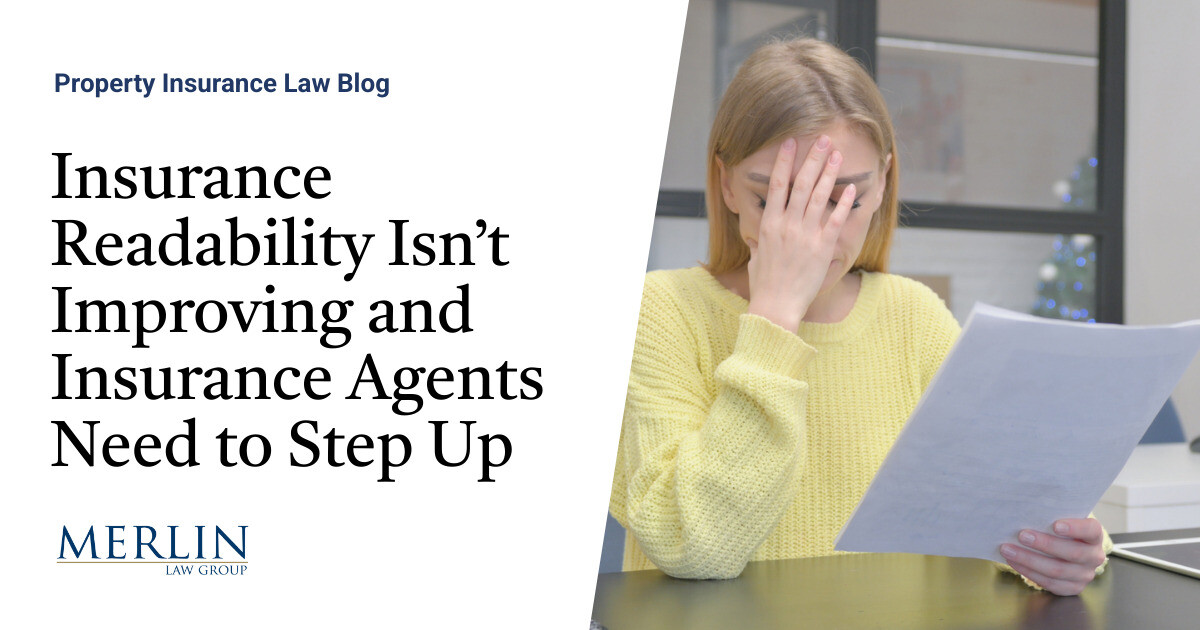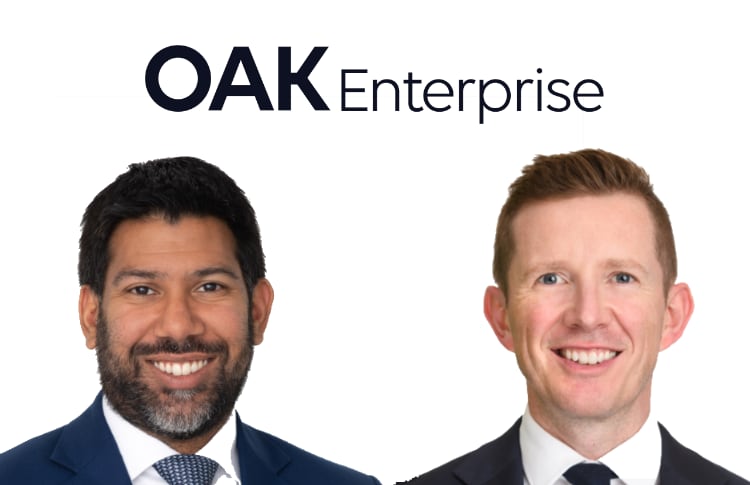
According to Verisk, the global data analytics and technology provider the insurance industry should expect average annual losses (AAL) from global natural catastrophes of $152 billion, with the potential for the total to far exceed that amount in any given year.This information stems from Verisk’s Extreme Event Solutions 2025 Global Modeled Catastrophe Losses Report, which revealed that frequency perils, including severe thunderstorms, winter storms, wildfires, and inland floods, now represent approximately two thirds ($98 billion) of the total expected losses each year, a 12% increase in their share compared with 2024.This marks a shift from a risk landscape which historically has been dominated by singular large events, such as tropical cyclones or earthquakes.Verisk estimated AAL from natural catastrophe events at $151 billion, which represented a 13.5% increase on its estimate of $133 billion in 2023.
Moreover, the report also highlighted a $32 billion increase in non-crop global modelled insured AAL over 2024.Over the past five years, insured losses have averaged $132 billion per year, a sharp increase from $104 billion in the preceding five-year period.The report also showcased accelerated exposure growth, with global property exposure in Verisk-modelled countries averaging 7% annual growth from 2020–2024, driven by inflation and ongoing construction in high-risk areas.
In addition, more than half the world’s population now lives in urban areas highly exposed to natural hazards.Rob Newbold, president of Verisk Extreme Event Solutions, commented: “This year’s modeled losses reflect a fundamental shift in the risk landscape.Frequency perils are driving sustained, high-impact losses across geographies, and insurers must evolve their strategies to meet this challenge head-on.
Adding: “Natural catastrophe losses are no longer statistical anomalies—they are the new normal.Our models are designed to help the industry anticipate and absorb these shocks with confidence.” Furthermore, the report also revealed that global insured losses now represent more than 38% of global economic losses when adjusted for inflation, corresponding to an economic AAL of more than $395 billion.At the same time, substantial regional protection gaps persist.
In Asia and Latin America, insured losses cover just 12% and 32% of economic losses, respectively, due to low insurance take-up rates despite increasing exposure and urbanisation.In contrast, approximately 48% of North America’s economic losses are insured, indicating high insurance penetration; nevertheless, wildfire risk continues to rise.The January 2025 Palisades and Eaton wildfires resulted in up to $65 billion in economic losses, 60–70% of which were covered by insurance.
The modelling firm’s report also noted that Europe and Oceania have seen exposure growth rates above 8% annually in some regions, primarily driven by inflation and urban expansion.Lastly, Verisk has also introduced new inland flood models for Malaysia, Indonesia, and Ireland, and updated models for Australia (bushfire), Mexico (earthquake), UK (flood), US (severe thunderstorm), and South Korea (typhoon).As well as this, the Verisk Wildfire Model for the US became the first catastrophe model to complete evaluation under California’s new PRID framework, supporting broader insurance availability in wildfire-prone areas.
“The report emphasizes the need for insurers and reinsurers to adopt forward-looking risk models that reflect today’s built environment and climate realities.Verisk’s catastrophe models, used with Touchstone and Touchstone Re, help companies benchmark potential losses and manage catastrophe risk with confidence,” Newbold concluded..All of our Artemis Live insurance-linked securities (ILS), catastrophe bonds and reinsurance can be accessed online.
Our can be subscribed to using the typical podcast services providers, including Apple, Google, Spotify and more.
Publisher: Artemis








